
“Man is appealed to be guided in his acts, not merely by love… but by the perception of his oneness with each human being.
Peter Kropotkin, 1902.
What are the stories of housing, food, and political organizing that tell how people in the Twin Cities have survived together? The following archival materials represent moments in time saved in archives that gave us a glimpse into mutual aid efforts in our collective memory. These include photographs, letters, and organization statements that are from local archives in the Twin Cities including the Hennepin History Museum, the Minnesota Historical Society, and more.
Andrea Manolov mining the archives
Acoma Gaither in the Hennepin History Archives
The Phyllis Wheatley House
Social settlements began in the 1880s in London in response to problems created by urbanization, industrialization, and immigration. Government run social services were non-existent, thus settlement houses filled the void. These houses during this period functioned as places that supported social services to the urban poor and immigrants, including education, healthcare, lodging, and employment resources.
The Phyllis Wheatley Community Center (previously The Phyllis Wheatley House), a settlement house which opened its doors in 1924, was the first agency in the Twin Cities dedicated to meeting the human service needs of a growing African-American community. In its early years, “The Wheatley,” was a safe place for young African American women to seek shelter and to receive guidance and marketable skill development. Over time, it became the center of the African American social scene and it evolved into a home-away-from-home for numerous African American civic leaders, educators, entertainers, and students. Below are images from recreational images from
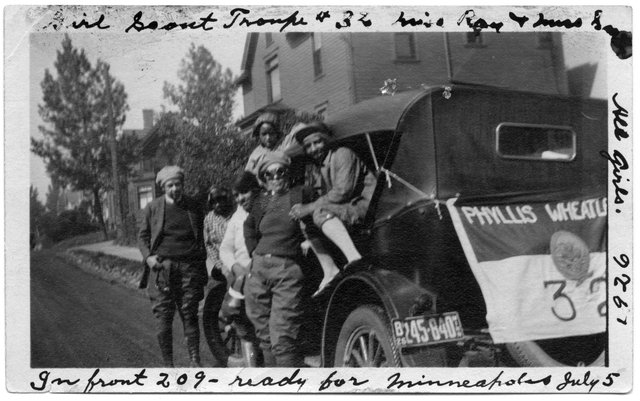
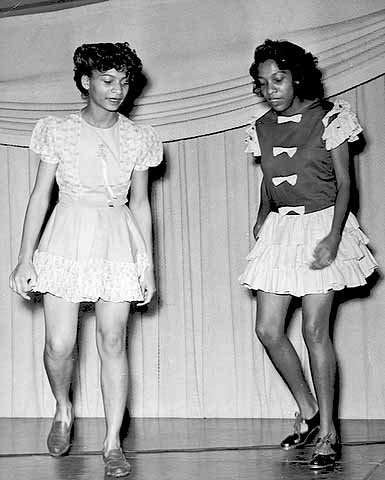



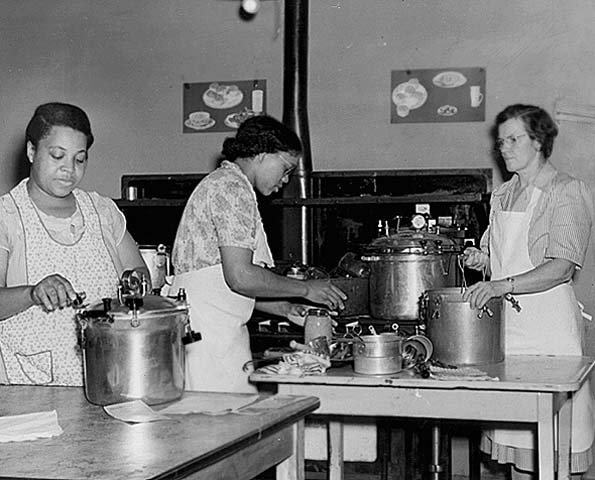



Credjafawn Cooperative and Social Club
The Credjafawn Social Club was formed in Saint Paul one evening in 1928 by ten young adults responding to lack of recreational spaces available to them as Black youth. The name CREDJAFAWN was devised from a letter out of each of the names of the ten founding members.
In addition to social activities, the Credjafawn served the Black community through a cooperative food outlet, a credit union that provided low-interest loans otherwise unavailable to Black people, and a scholarship fund for African-American students.
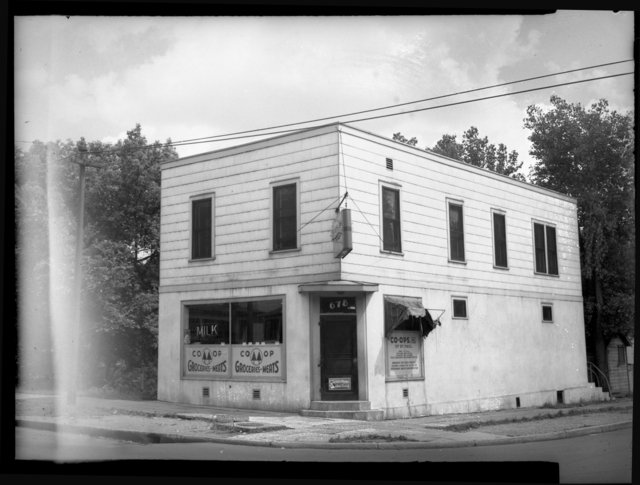
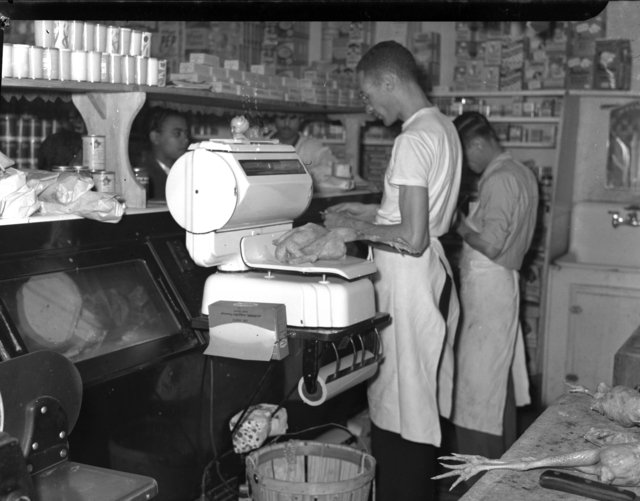


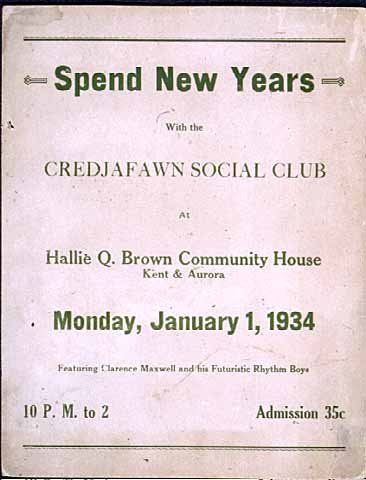
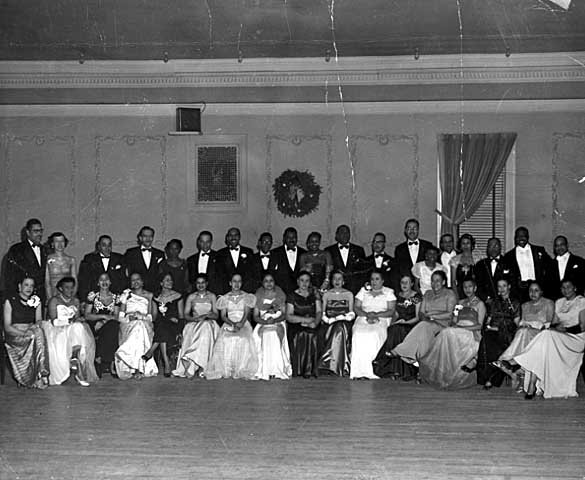
the 1934 Teamsters strike
The largest labor strike in Minnesota history was the 1934 Teamsters Strike, which garnered national attention. What began as a strike by coal drivers ultimately grew into a city-wide general strike. Strikers were met with violence: scores were wounded and two men died. Citizens sympathetic to the strikers organized to provide aid in a wide variety of forms.
Labor organizers and their supporters practiced mutual aid strategies to care for striking workers and their families, forming networks that sustained strikers over a three-month ordeal. Working-class women, often overlooked in labor history, prepared and served food daily around the clock in a commissary serving thousands of people. Organizers also opened a hospital where two doctors and three nurses provided healthcare.




